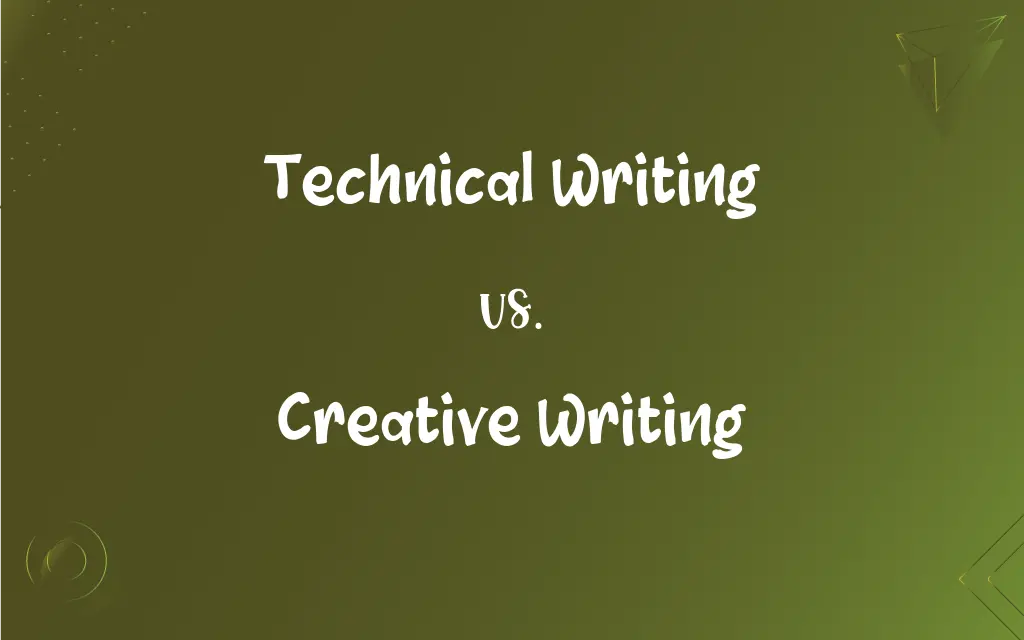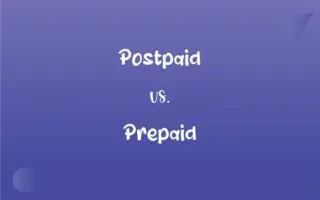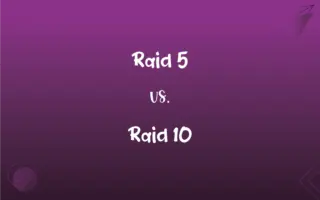Technical Writing vs. Creative Writing: What's the Difference?
Edited by Aimie Carlson || By Harlon Moss || Updated on October 3, 2023
Technical writing conveys specific information about a technical subject to a specific audience for a specific purpose. Creative writing focuses on expressing feelings, emotions, and viewpoints, often using a narrative craft.

Key Differences
Technical writing predominantly revolves around imparting specific, often complex, information in a clear, concise manner. It primarily intends to inform, instruct, or guide the reader by providing direct, unambiguous information, such as in manuals, reports, and procedural guides. Creative writing, contrastingly, is an art form that seeks to entertain, provoke thought, or express emotions and ideas through various literary mediums like stories, poems, and scripts.
Technical writing adheres to stringent guidelines and prefers clarity over style. Its language is straightforward, sentences are precise, and the purpose is to elucidate information efficiently. Alternatively, creative writing luxuriates in the freedom of expression, employing rich vocabulary, varied sentence structures, and an array of writing styles to weave narratives that captivate and engage.
Technical writing often adopts a neutral or instructive tone, avoiding subjective or emotive language to retain objectivity and professionalism. In stark contrast, creative writing embraces a spectrum of tones, exploring various emotional and psychological landscapes through its narratives, enabling a deep dive into varied emotional and experiential spectrums.
In technical writing, the audience often seeks specific information and therefore demands clear, succinct, and well-organized content that can be easily navigated. Conversely, creative writing offers readers an exploratory space, where they may wander through the writer’s thoughts, imagination, and different worlds, connecting through shared or novel experiences.
While technical writing is bound by the inherent need to be factual, accurate, and often follows a set structure and format, creative writing offers a playground where writers can experiment with characters, plots, voices, and forms, offering a boundless sky where various forms and structures coalesce and diverge fluidly.
ADVERTISEMENT
Comparison Chart
Purpose
Aims to inform or instruct with clarity and accuracy.
Primarily focused on entertainment and expression.
Language
Utilizes clear, straightforward, and unambiguous language.
Employs rich, emotive, and varied language.
Tone
Maintains a neutral, objective, or instructive tone.
Explores a spectrum of emotional and subjective tones.
Structure and Form
Follows specific structures and formats.
Enjoys the freedom to experiment with various forms.
Audience Engagement
Directs readers to specific information efficiently.
Invites readers to explore, think, and feel.
ADVERTISEMENT
Technical Writing and Creative Writing Definitions
Technical Writing
Describing technical aspects, specifications, or properties.
The device operates on a lithium-ion battery.
Creative Writing
Creative writing that tells a story or part of a story.
Under the glittering lights of Paris, their paths crossed unpredictably.
Technical Writing
Technical writing that explains how something works or how to use it.
Refer to Chapter 3 for troubleshooting tips.
Creative Writing
Using rhythm, rhyme, and metaphor to express ideas or emotions.
The moon whispered to the ocean, sharing secrets of the cosmos.
Technical Writing
Communicating data, research, or findings in a structured format.
As per the Q2 financial report, the revenue has increased by 10%.
Creative Writing
Employing detailed imagery to create a vivid mental picture.
The forest was a symphony of chirps, rustles, and the gentle caress of the breeze.
Technical Writing
Detailing a process or series of actions to achieve a specific result.
Insert part A into slot B, ensuring a secure fit.
Creative Writing
Crafting dialogues that bring characters and their dynamics to life.
‘Love,’ she mused, ‘is a shadow, elusive yet forever bound to the soul.’
Technical Writing
Technical writing that provides guidance or direction.
To initialize setup, press the power button.
Creative Writing
Exploring ideas or concepts through thoughtful exploration without the confines of strict factual boundaries.
In realms where dreams meld with reality, she sought the echoes of forgotten times.
FAQs
Is jargon typically used in technical writing?
Yes, technical writing often employs specific jargon relevant to a particular field or industry to convey precise information.
What is the fundamental aim of creative writing?
Creative writing seeks to entertain, express, and evoke emotional or intellectual responses through narrative, descriptive, and poetic forms.
Is creative writing often associated with storytelling?
Yes, creative writing frequently involves storytelling, utilizing various elements like characters, plot, and settings to weave stories.
Can creative writing be structured or formal?
While creative writing is often free-form, it can adopt structured or formal styles, depending on the writer’s intention and the piece’s context.
Can creative writing be non-fictional?
Yes, creative writing can be non-fictional, exploring real events or factual content through a creative and expressive lens.
Is imaginative thinking a vital component of creative writing?
Certainly, creative writing thrives on imaginative thinking, enabling the creation of unique, inventive, and original content.
Are accuracy and precision critical in technical writing?
Yes, accuracy and precision are crucial in technical writing to provide reliable and exact information.
Can technical writing be performed by industry non-experts?
While a basic understanding is necessary, non-experts can engage in technical writing with adequate research and understanding, though expert review is advisable for accuracy.
How important is the reader’s emotional journey in creative writing?
The emotional journey is pivotal in creative writing, as it forms the basis through which readers connect, relate, and engage with the content.
What is the primary purpose of technical writing?
Technical writing primarily aims to inform, instruct, or guide users in a clear and concise manner.
Does creative writing allow for exploration of emotional depth?
Yes, creative writing deeply explores various emotional and psychological states, offering readers an emotive journey.
What types of documents are common in technical writing?
Manuals, reports, guides, documentation, and product descriptions are common formats in technical writing.
How is symbolism utilized in creative writing?
Symbolism in creative writing is used to represent ideas, themes, or concepts through symbols, enhancing depth and offering layers of meaning.
Who is the intended audience for technical writing?
Technical writing targets a specific audience, often professionals or users, looking for explicit information, guidelines, or instructions.
Can technical writing include visuals?
Yes, technical writing often incorporates visuals like diagrams, charts, and images to enhance clarity and comprehension.
How is simplicity valued in technical writing?
Simplicity in technical writing ensures that complex information is accessible, understandable, and usable by the intended audience.
Can creative writing be used for professional or business purposes?
Yes, creative writing can be utilized in professional contexts, such as in marketing, advertising, and brand storytelling, to engage audiences uniquely.
Can technical writing be creative?
While technical writing prioritizes clarity and precision, it can incorporate creative elements to enhance readability and user engagement, provided it doesn’t compromise clarity.
Is objectivity crucial in technical writing?
Absolutely, technical writing should maintain objectivity, ensuring information is unbiased, accurate, and clear.
Can creative writing encompass various literary forms?
Yes, creative writing can explore various forms like poetry, prose, drama, and more, often blending different literary styles and formats.
About Author
Written by
Harlon MossHarlon is a seasoned quality moderator and accomplished content writer for Difference Wiki. An alumnus of the prestigious University of California, he earned his degree in Computer Science. Leveraging his academic background, Harlon brings a meticulous and informed perspective to his work, ensuring content accuracy and excellence.
Edited by
Aimie CarlsonAimie Carlson, holding a master's degree in English literature, is a fervent English language enthusiast. She lends her writing talents to Difference Wiki, a prominent website that specializes in comparisons, offering readers insightful analyses that both captivate and inform.































































